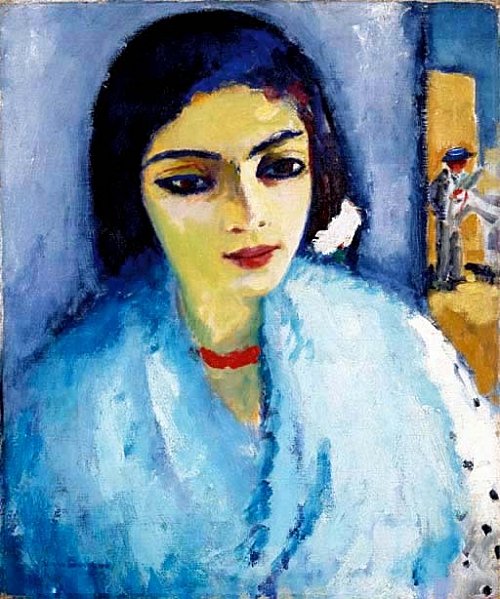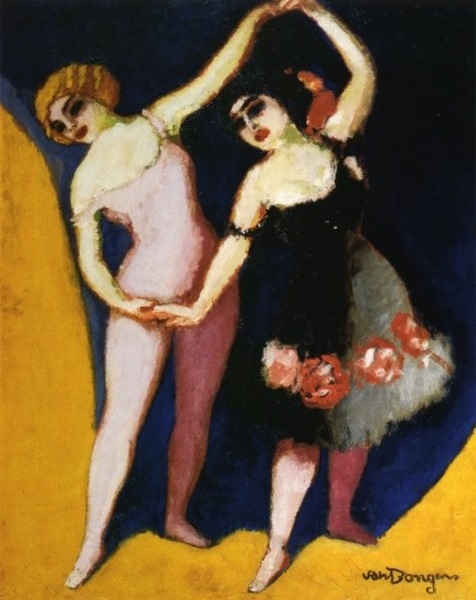Kees van Dongen/1877-1968
Kees van Dongen (1877-1968) grew up in Rotterdam, where he took evening classes at the art academy from 1892 to 1897. He then moved to Paris, earning his living as a house painter and illustrator of satirical journals. In 1905 he exhibited at the Salon d’Automne, together with Matisse and other artists later known as the ‘Fauves’. The following year Van Dongen and his wife Augusta (Guus) moved to the ‘Bateau Lavoir’ on Montmartre, where Picasso and other artists also had their studios. Montmartre’s fascinating and extravagant nightlife became the subject of many of Van Dongen’s brightly-coloured paintings. His expressive, colourful style of portraiture became extremely popular; while his many female nudes won him particular renown. He famously described the female body as ‘the most beautiful landscape’. Van Dongen worked with intense, unmixed colours and considerable simplification of form to create a powerful composition. His characteristic style is responsible for his reputation as one of the most important representatives of Fauvism.
Van Dongen gradually developed good contacts with leading art dealers. He received a great deal of recognition in the form of commissions and exhibitions; in 1926 he was also awarded the French Légion d'Honneur, in 1927 the Belgian Kroonorde. After the Second World War he mainly painted portraits of the members of the French high society. Throughout his life he also produced drawings and book illustrations. Van Dongen died at his home in Monte Carlo in 1968.
















.jpg)






.jpg)





















.jpg)



.jpg)

.jpg)


.jpg)


.jpg)


.jpg)




.jpg)
.jpg)
.jpg)










.jpg)
.jpg)






.jpg)

















ليست هناك تعليقات:
إرسال تعليق